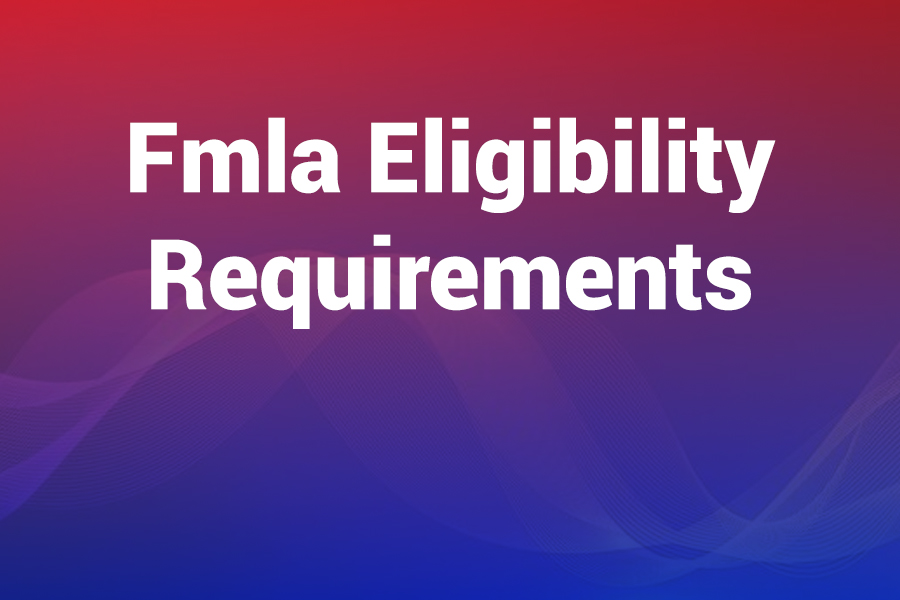Basic Calculator
Reverse Calculator
Bulk Items
State Comparison
Standard Sales Tax Calculator
Calculate tax on your purchase
5.5%
6.0%
7.0%
8.25%
Subtotal:
$0.00
Tax Amount:
$0.00
Total Amount:
$0.00
Reverse Tax Calculator
Find the pre-tax amount from the total
5.5%
6.0%
7.0%
8.25%
Pre-Tax Amount:
$0.00
Tax Amount:
$0.00
Total Amount:
$0.00
Bulk Items Calculator
Calculate tax on multiple items
Item #1
Item Subtotal:
$0.00
Items Subtotal:
$0.00
Total Tax:
$0.00
Grand Total:
$0.00
State Tax Comparison
Compare tax rates across states
Select States to Compare
Calculation History
No calculations yet
Understanding Sales Tax
The Basics You Need to Know
Sales tax is a consumption tax imposed by governments on the sale of goods and services. In the United States, sales tax is governed at the state level, with rates varying significantly across different states and even within counties and cities. This creates a complex landscape for consumers and businesses alike.
Most states impose a "transaction privilege tax" rather than a true sales tax, meaning the tax is technically levied on the seller for the privilege of conducting business, though it's almost always passed on to the consumer. Five states (Alaska, Delaware, Montana, New Hampshire, and Oregon) don't impose statewide sales taxes, though some local jurisdictions in these states may still collect sales taxes.
i
Did You Know?
The highest combined state and local sales tax rate is found in Louisiana, with some areas reaching over 11.45%.
Sales Tax Rates Across Regions
A Comparative Overview
Sales tax rates vary dramatically across the United States. State rates range from 0% to over 7%, with additional local taxes potentially adding several percentage points. This variation creates challenges for businesses operating across multiple jurisdictions.
Average Combined Sales Tax Rates by Region
Beyond regional differences, sales tax can also vary based on the type of product or service. Many states exempt necessities like groceries and prescription medications, while others apply different rates to different categories of goods.
How to Calculate Sales Tax Correctly
Methods and Formulas
Calculating sales tax is straightforward once you understand the formula. The basic calculation involves multiplying the purchase price by the tax rate (expressed as a decimal).
Forward Calculation (Finding Tax Amount)
Tax Amount = Purchase Price × Tax Rate
Example: $100 purchase with 8% tax rate
$100 × 0.08 = $8 tax
$100 × 0.08 = $8 tax
Reverse Calculation (Finding Pre-Tax Price)
Pre-Tax Price = Total Price ÷ (1 + Tax Rate)
Example: $108 total with 8% tax rate
$108 ÷ 1.08 = $100 pre-tax price
$108 ÷ 1.08 = $100 pre-tax price
For businesses, it's crucial to understand whether you should calculate tax on the item price before or after discounts are applied. Most jurisdictions require tax to be calculated on the final price after all discounts.
Advanced Sales Tax Scenarios
Beyond the Basics
While basic sales tax calculations are straightforward, real-world scenarios often introduce complexities that require special consideration.
Multiple Jurisdictions
Many transactions involve multiple tax jurisdictions. For example, a purchase might be subject to state, county, and city sales taxes simultaneously. Our calculator handles these combined rates automatically.
Exempt Items
Many states exempt certain necessities like groceries, prescription medications, and sometimes clothing. When calculating tax on a mixed purchase, you'll need to separate taxable from non-taxable items.
Online Sales
Following the 2018 Supreme Court decision in South Dakota v. Wayfair, online retailers may be required to collect sales tax based on the buyer's location, even without physical presence in that state.
Business Purchases
Businesses often qualify for exemptions on items purchased for resale or as components of products they sell. These require special exemption certificates and documentation.
Tips for Businesses Managing Sales Tax
Best Practices for Compliance
For businesses, sales tax compliance is a critical aspect of financial management. Here are some essential tips to help businesses navigate the complex world of sales tax.
01
Stay Updated on Tax Laws
Sales tax rates and regulations change frequently. Set up a system to monitor changes in all jurisdictions where you do business.
02
Determine Nexus
Understand where your business has "nexus" or sufficient presence to trigger sales tax collection obligations. This can include physical locations, employees, or even a certain volume of sales.
03
Automate Where Possible
Use tax automation software to calculate, collect, and remit sales tax. This reduces errors and saves time, especially for businesses operating in multiple jurisdictions.
04
Keep Detailed Records
Maintain comprehensive records of all sales, including exempt sales with appropriate documentation. Most states require businesses to keep records for at least 3-5 years.
05
File Returns on Time
Even if you have no sales tax to remit, you may still need to file a "zero return." Late filings can result in penalties and interest.
Need Professional Help?
For complex sales tax situations, consider consulting with a tax professional who specializes in sales tax compliance. The cost of professional advice is often less than the potential penalties for non-compliance.
Conclusion
Simplifying Sales Tax Calculations
Sales tax calculations don't have to be complicated. With the right tools and knowledge, both individuals and businesses can navigate the complex landscape of varying tax rates and regulations with confidence.
Our premium Sales Tax Converter tool provides a comprehensive solution for all your sales tax calculation needs. From basic calculations to complex multi-state comparisons, our tool simplifies the process and helps you make informed financial decisions.
Remember that while our calculator provides accurate calculations based on the information you input, tax laws change frequently. For critical business decisions or complex tax situations, we recommend consulting with a tax professional to ensure full compliance with current regulations.







